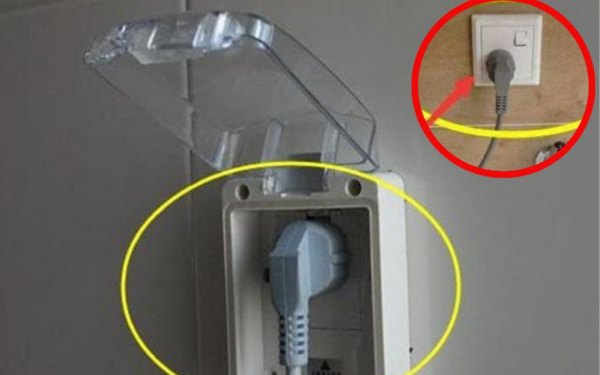

Understanding Household Electricity Consumption
We often assume that air conditioning units are the primary culprits when it comes to high electricity bills. Surprisingly, there are several other household devices that, unbeknownst to many, drastically increase our power consumption. Let’s delve into these devices and explore ways to use them more efficiently.
Induction Cookers and Electric Cooktops

In today’s tech-savvy world, induction cookers, often referred to as electric cooktops, have become essential kitchen appliances. They offer a safer alternative to gas stoves, eliminating the risk of fires and explosions. However, they are significant electricity consumers. Leaving them plugged in continuously when not in use can be a costly mistake. A single-burner induction cooker can consume between 85-95 kWh each month, while a double-burner might use as much as 170-190 kWh. Unplugging them after use is a simple way to conserve both energy and money.
Water Heaters
Water heaters become particularly indispensable during chilly months, making them one of the most energy-consuming appliances in your home. In regions with cooler climates, families typically use 30-liter water heaters that cater to the needs of 2-4 individuals. These heaters can consume more energy than air conditioners, especially if left on continuously. If your household only turns on the heater as needed, for about an hour daily, it could still use approximately 70-80 kWh monthly. But if operated around the clock, the figure could escalate to 230-340 kWh. Hence, turning them off when not needed is a smart choice for energy conservation.
Hot and Cold Water Dispensers
An increasingly popular alternative to kettles, hot and cold water dispensers offer the convenience of instant hot or cold water. This device has become particularly favored in modern homes due to its ease of use. However, maintaining the desired water temperature continuously requires significant power. Depending on its size and manufacturer specifications, its consumption can range from 40-100 kWh each month. To save energy, consider unplugging it overnight.
Clothes Dryers
During the wet and cold seasons, especially in humid regions, clothes dryers are often indispensable for maintaining fresh, dry clothes. These appliances, depending on their type—whether vented or condenser—can consume between 75-140 kWh monthly if used daily for 1-2 hours. Opting for models equipped with heat pumps can significantly reduce electricity usage.
Desktop Computers
In an era dominated by digital technology, desktops have become a fundamental part of households. A typical desktop computer has a power consumption range of 35-450 watts. More advanced models utilized for gaming or intensive computing can even peak at 1,000 watts. On average, monthly consumption for deskside PCs is around 70 kWh. It’s advised to unplug desktops after use to prevent unnecessary energy drain.
Smarter Energy Usage
Understanding which appliances draw the most electricity helps in managing and potentially lowering household energy expenses, especially for those seeking to optimize their utility bills. Unplugging these devices when they’re not in use, opting for energy-efficient models, and being aware of consumption trends can make significant differences in energy management.
While these household devices provide convenience and functionality, being mindful of their electricity usage ensures both safety and savings. Making small, conscious changes in how we use these appliances can lead to a more energy-efficient home.
Để lại một phản hồi